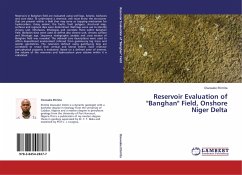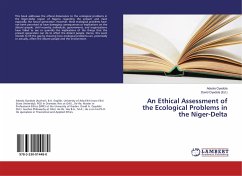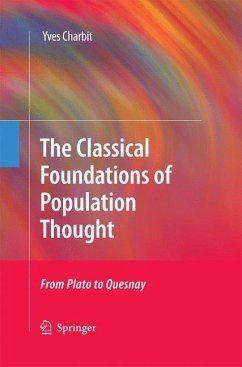Reservoirs in Banghan field are evaluated using well logs, Seismic, biofacies and core data. To understand a reservoir, one must know the structures that are present within a field that may serve as trapping mechanism for hydrocarbon. Using seismic, the faults, fault polygon, structural map, surfaces and regional dips were determined. Well logs were use to identify chrono unit, lithofacies, lithologies and correlate them within Banghan field. Biofacies data were used to define also chrono unit, chrono surface and lithologic age. Sequence stratigraphic analysis and cross section of Banghan field was revealed. The sidewall core descriptions were used to affirm depositional environment inferred from gamma-ray log trace and seismic geometries. The reservoirs defined using gamma-ray logs are correlated to reveal their vertical and lateral extent. Each reservoir petrophysical property is evaluated. Based on a defined zone of interest, the volume of the reservoirs and hydrocarbon pore volume within it is calculated.
Bitte wählen Sie Ihr Anliegen aus.
Rechnungen
Retourenschein anfordern
Bestellstatus
Storno








